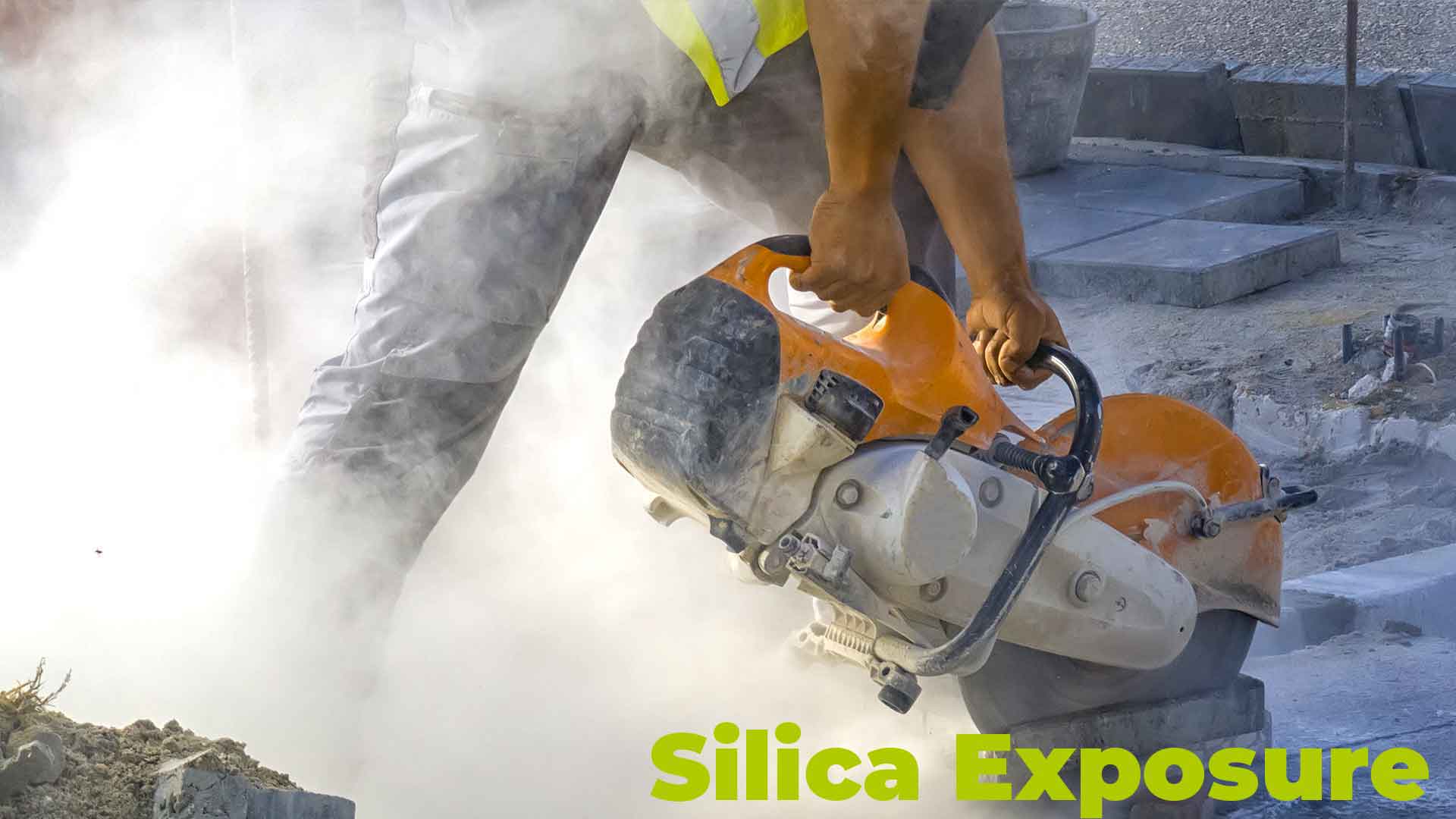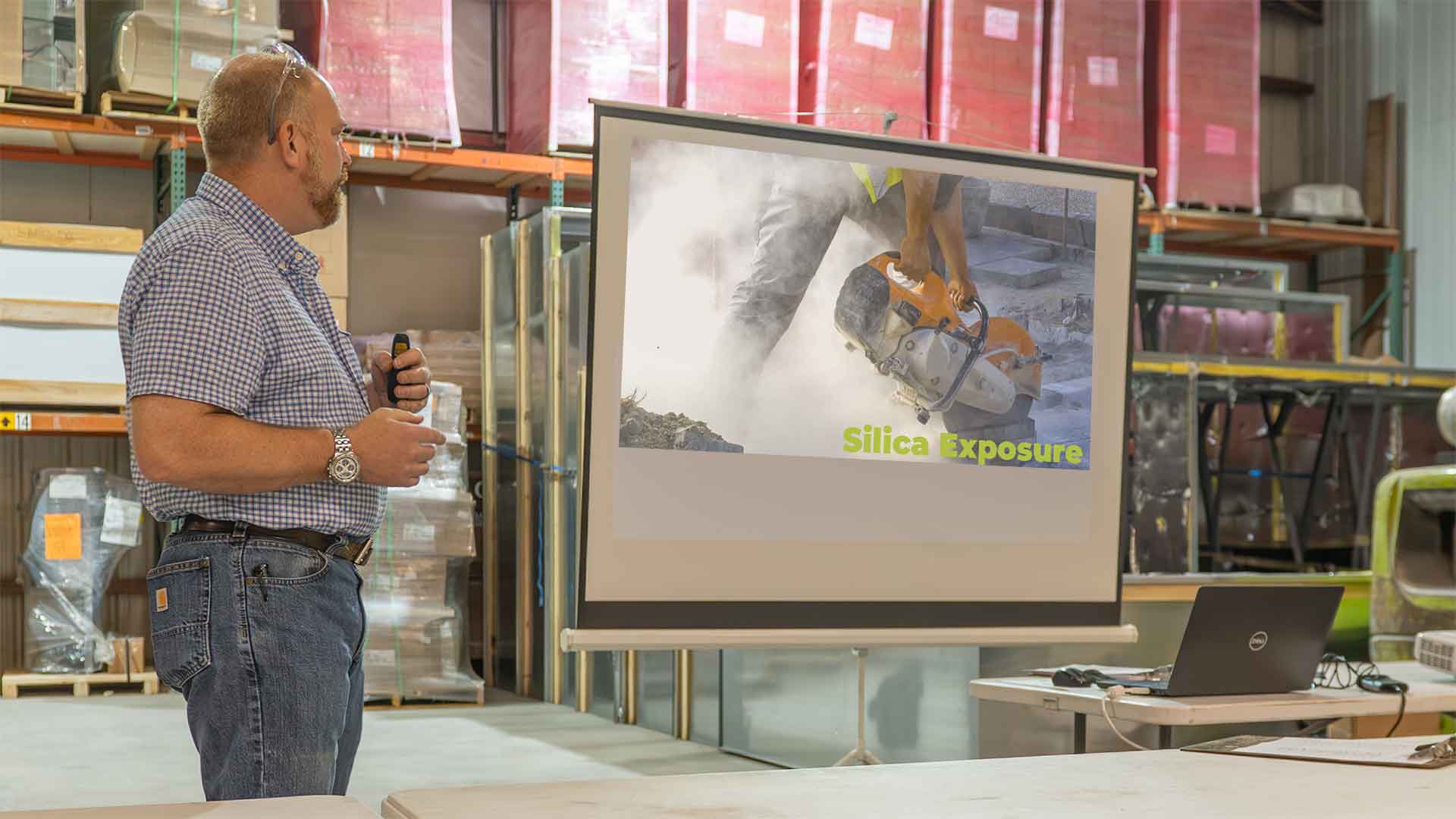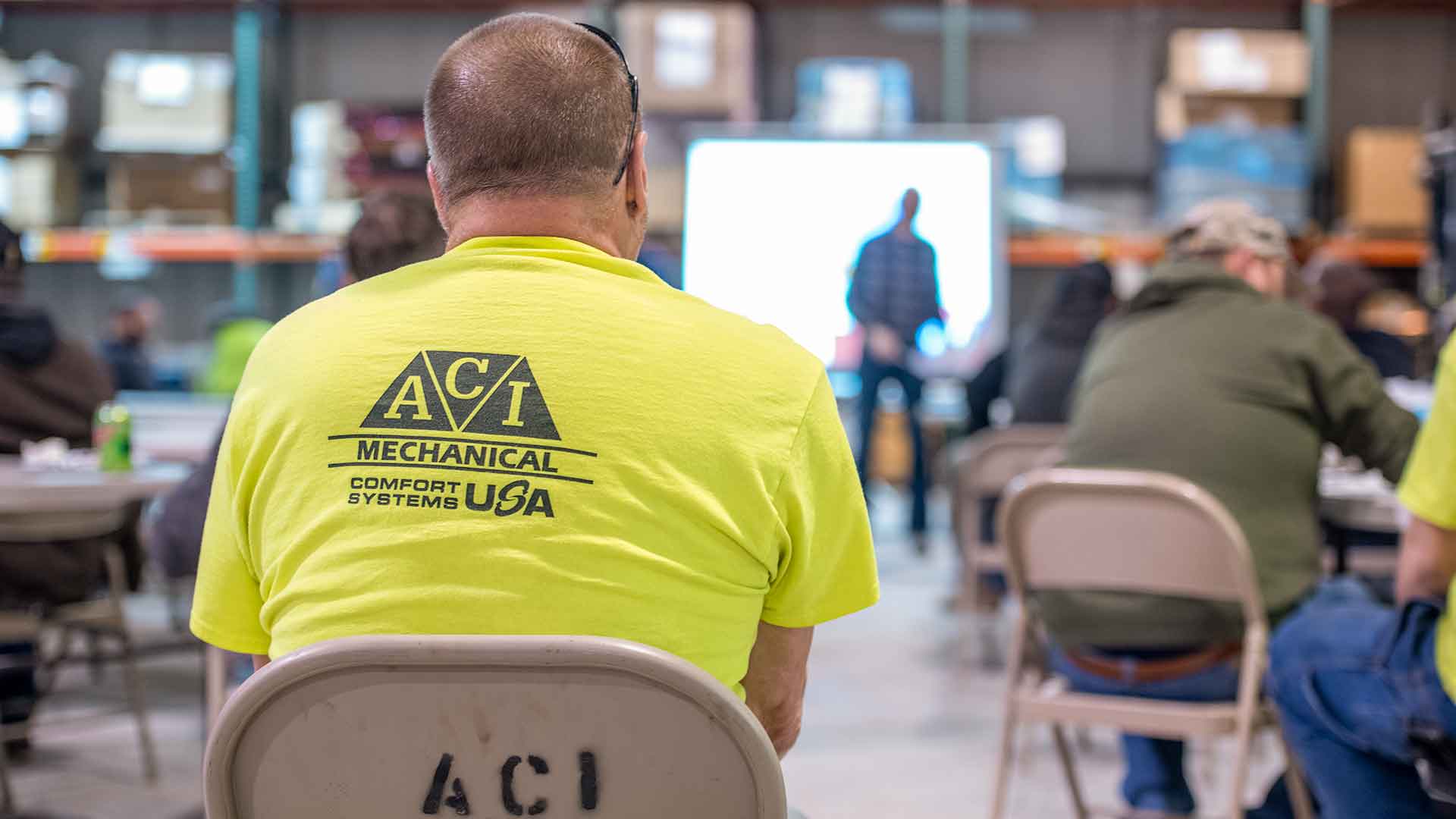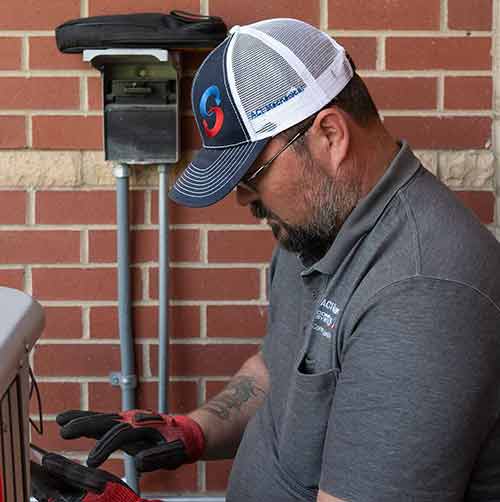
It is crucial to be aware of potential hazards in the workplace, and one such hazard is silica. Silica is a naturally occurring mineral found in various rocks, sand, and soil. It is present in materials commonly used in construction, mining, and manufacturing processes, such as concrete, brick, and mortar. While silica itself is not harmful when it is in a solid state, the danger arises when workers inhale silica dust particles.
Why is OSHA concerned about silica?
The Occupational Safety and Health Administration (OSHA) is deeply concerned about silica exposure due to its link to serious health risks. Inhaling silica dust can lead to a condition known as silicosis, a progressive and incurable lung disease. Moreover, prolonged exposure to silica dust has been associated with an increased risk of developing lung cancer and other respiratory disorders.

Why does inhaling silica dust hurt me?
When workers inhale silica dust, the tiny particles can penetrate deep into the lungs. The body’s defense mechanisms try to remove the particles by triggering an inflammatory response, which leads to the formation of scar tissue in the lungs. Over time, this scarring can make breathing increasingly difficult, resulting in impaired lung function and, the development of silicosis and fibrosis.
Symptoms of silica exposure:
The symptoms of silicosis may not appear immediately and can take years to manifest. Some common symptoms include:
· Persistent coughing
· Shortness of breath
· Fatigue
· Weakness


Permissible Exposure Limit (PEL) according to OSHA:
To protect workers from the dangers of silica exposure, OSHA has established a Permissible Exposure Limit (PEL) for respirable crystalline silica. The current PEL is 50 micrograms of silica dust per cubic meter of air (50 μg/m³) as an 8-hour time-weighted average. This means that workers should not be exposed to more than this amount of silica dust in their breathing zone during an 8-hour work shift.
What can I do to protect myself and others?
Get Table 1 from OSHA. With this table, you can reference many different operations and what protection is required for each of them.
Keep silica dust from becoming airborne with integrated water systems and HEPA dust filtration systems during operations like cutting, grinding, or drilling.
Personal Protective Equipment (PPE): Provide appropriate PPE such as respirators to employees working in areas with potential silica exposure. Respirators should be selected based on the specific job and their assigned protection factor (APF).


